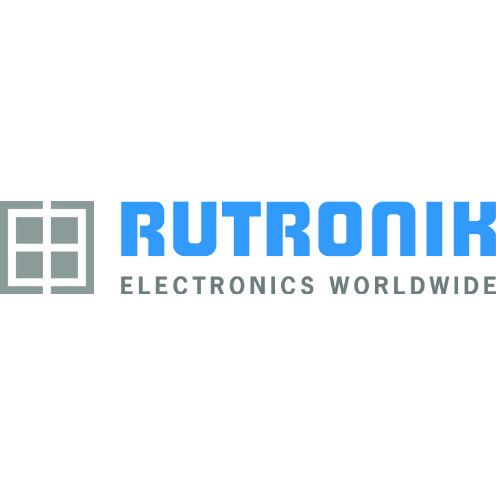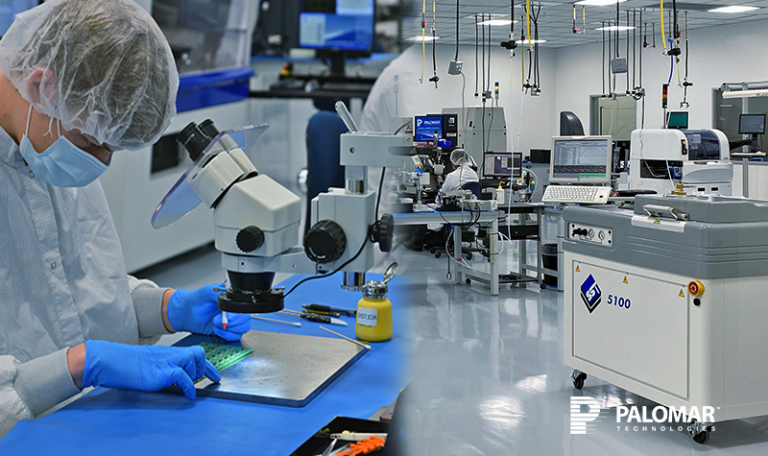EPOXY & POLYURETHANE COMPOUNDS ENCAPSULANTS

November, 2023: Utilizing potting and encapsulation compounds in your battery pack design can optimize the performance of your end product.
There are three basic types of resins used in this process; these materials are epoxy, urethane, and silicone. These polymeric formulations have excellent adhesion, thermal stability and outstanding chemical resistance.
Battery potting and encapsulation compounds are used to provide mechanical reinforcement to housed assemblies, to fill large voids, and to protect components from the exposure to chemicals, moisture, mechanical shock or vibration and can be accomplished either at atmospheric pressure or under vacuum pressure when voids within the resin are undesirable, a process called vacuum encapsulation.
Potting: Potting involves encapsulating an entire battery or its individual cells with a protective material such as an epoxy, urethane or silicone potting compound. This process can be used for various types of batteries, including lithium-ion, lead-acid, and more.
- Protection: Potting protects the battery from physical damage, moisture, dust, and other environmental factors.
- Vibration dampening: It helps reduce the impact of vibration and shock on the battery, which is crucial in applications like automotive and aerospace.
- Thermal management: Some potting materials have good thermal conductivity, helping dissipate heat generated during battery operation.
Encapsulation: Battery encapsulation refers to the process of sealing the battery or its components in a protective casing or enclosure, often made of metal or plastic.
- Safety: Encapsulation can prevent the release of harmful substances or gases in the event of a battery malfunction, such as overheating or a short circuit.
- Preventing external contamination: It safeguards the battery from environmental factors like moisture and dust, which can adversely affect battery performance and longevity.
The choice of potting or encapsulation depends on the specific requirements of the application and the type of battery being used. For example, in applications where battery overheating is a significant concern, encapsulation may be preferred for its ability to contain and isolate any potential hazards. In contrast, potting may be more suitable when the focus is on reducing the impact of vibration and enhancing thermal management.
The materials used for potting and encapsulation are typically chosen for their electrical insulation properties, mechanical strength, chemical resistance, and ability to withstand the operating temperatures of the battery. It’s essential to consider factors such as thermal conductivity, adhesion, and curing time when selecting the appropriate potting or encapsulation materials.
Overall, both battery potting and encapsulation are crucial techniques in battery design and manufacturing to ensure the safety and reliability of batteries in a wide range of applications, from consumer electronics to electric vehicles and renewable energy systems.
Below are 3 of our top products for Battery potting and encapsulation.
EC-1012M: A 2-part, thermally conductive epoxy potting compound. It has a >2 hour pot life with excellent resistance to corrosion, vibration, and temperature fluctuations. EC-1012M is also a self-extinguishing epoxy system that will pass UL-94V-0.
UC-2524: A 2-part polyurethane potting compound which excellent hydrolytic stability. It is formulated to pass UL94 V-0 flame rating and a 150°C RTI rating This compound is excellent for potting and encapsulating sensitive electronics that will be exposed to harsh environments.
EC-1207: A two component epoxy, self-leveling encapsulant. It is designed to have a high thermal conductivity, UL 94 V-0and a long pot life for ease of manufacturing. EC-1207 can cure at room temperature or quicker with moderate heat.








